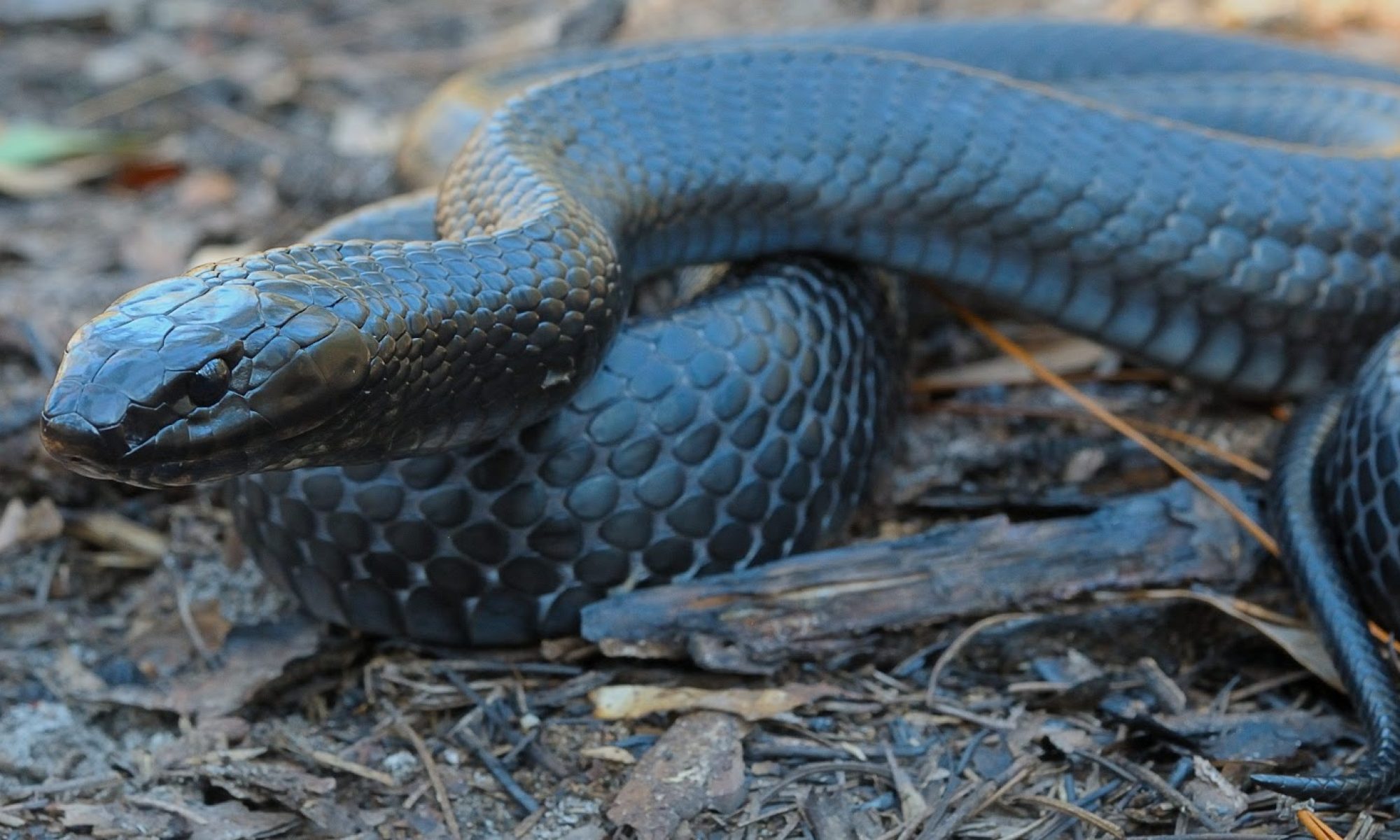Across the species’ range, eastern indigo snakes use gopher tortoise burrows for breeding, feeding, sheltering and nesting. In the northern part of their range, eastern indigo snakes depend on gopher tortoise burrows for winter shelter sites. Past declines in gopher tortoise populations are suspected to have negatively affected eastern indigo snake populations, especially in the northern areas of the snake’s range (Enge et al. 2013). The practice of gassing, introducing gasoline into animal burrows, such as gopher tortoise burrows, to expel rattlesnakes, is usually fatal to tortoises, eastern indigo snakes and other commensal species (Speake 1978, Speake and McGlincy 1981). Gassing of gopher tortoise burrows, one of the factors for listing the eastern indigo snake as threatened under the ESA (USFWS 1978) is now illegal in both Florida and Georgia, but still occurs to some extent (e.g. Dozier 2010, p. 10). Although still a factor, it is unlikely that gassing is currently having a large negative impact on most eastern indigo snake populations (Enge et al. 2013). In the panhandle of Florida, it is suspected that eastern indigo snakes populations declined due to the impact of past human harvest of gopher tortoises for food (Enge et al. 2013, p. 289). Gopher tortoise populations have declined throughout much of their range due to human impacts from gassing and harvest, habitat conversion and habitat degradation. However, in an effort to reverse the decline of the gopher tortoise, conservation efforts are on-going to protect, manage and restore tortoise populations (see Conservation Efforts section 4.8 below) which will support conservation and recovery of the eastern indigo snake.

Dynamic Species Status Assessment